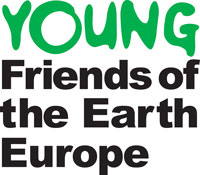
The European Commission is studying a range of options for the revision of the 2030 energy efficiency target, from the current 27% target to the European Parliament’s – and our own – preferred goal of 40%. The official proposal is expected after the summer.
But it seems the level of ambition may already be decided by mid-July. On the face of it, there shouldn’t even be a debate. The Commission’s own analysis shows that the higher the target, the better the results for jobs, energy security and economic turnover. The International Energy Agency champions energy efficiency as the ‘first fuel’ and the ‘main arrow in the quiver’ in the fight against climate change. No wonder that two years ago – when the Commission was seriously considering going for just 25% efficiency – President-elect Juncker weighed in with his “for me a binding target of at least 30% is the minimum” statement.
But beneath the surface a whole other debate is raging: what is the EU’s cost-effective energy efficiency potential? How should that potential be assessed? It is a nerdy subject. But it can make or break the case for higher ambition.







